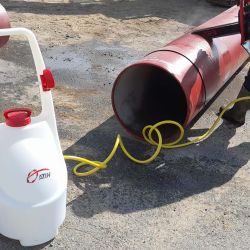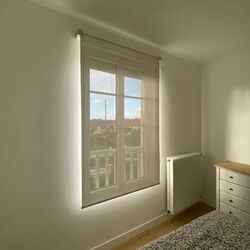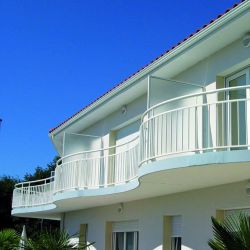The Energy label of a dwelling as well as its impact on prices are linked to the nature of the property, its location as well as its construction period. Depending on the sector, the housing supply largely includes criteria other than the Energy label alone as determining factors in the choice of housing. It is not, in itself, a determining factor in the choice of accommodation; but it can be a criterion of price variation.
Selection of products
To read also
-
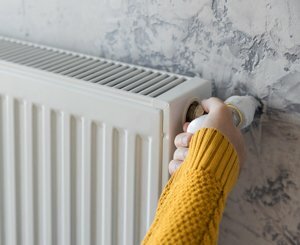 71% of French people admit to not really understanding the different heating systems
71% of French people admit to not really understanding the different heating systems
-
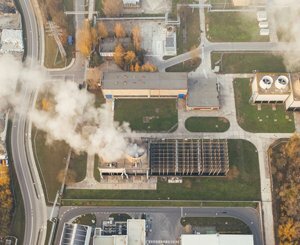 Greening the economy and society: the ambitious trajectory of the just transition
Greening the economy and society: the ambitious trajectory of the just transition
-
 What steps for an efficient energy transformation of the building?
What steps for an efficient energy transformation of the building?
-
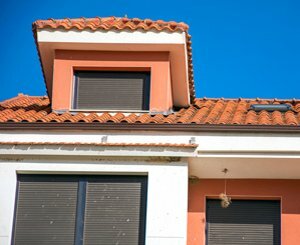 A report on anticipating the effects of +4°C warming reaffirms the need for housing adaptation
A report on anticipating the effects of +4°C warming reaffirms the need for housing adaptation
-
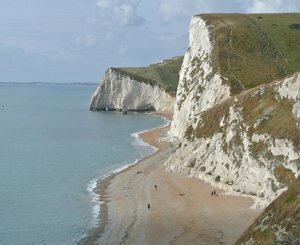 Coastal erosion: Béchu presents national scenarios and national maps, as well as the consequences for coastal territories
Coastal erosion: Béchu presents national scenarios and national maps, as well as the consequences for coastal territories
-
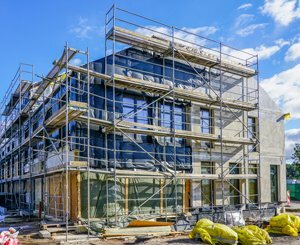 Adaptation to climate change: a report attempts to estimate the heavy investments required and the building is on the front line
Adaptation to climate change: a report attempts to estimate the heavy investments required and the building is on the front line
-
 Building and real estate: a sector plagued by crises but whose ecological transition is underway
Building and real estate: a sector plagued by crises but whose ecological transition is underway
-
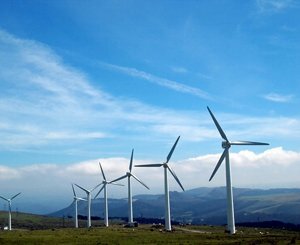 As the world burns more fossil fuels than ever, persistent obstacles hamper the race for renewable energy
As the world burns more fossil fuels than ever, persistent obstacles hamper the race for renewable energy
Popular News
-
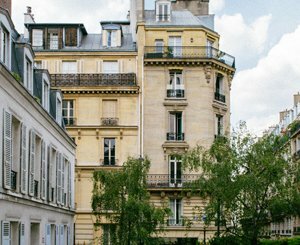 Old property prices are still falling but a recovery is taking shape
Old property prices are still falling but a recovery is taking shape
-
 AI is already revolutionizing businesses in architecture, engineering, construction... according to Autodesk's "State of Design & Make" study
AI is already revolutionizing businesses in architecture, engineering, construction... according to Autodesk's "State of Design & Make" study
-
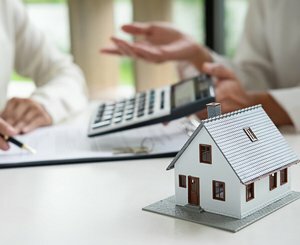 The average rate of real estate loans starts to fall again in the 1st quarter, according to Crédit Logement
The average rate of real estate loans starts to fall again in the 1st quarter, according to Crédit Logement
-
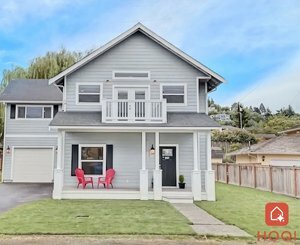 HOQI revolutionizes real estate with its latest update: even more impactful photos to accelerate sales
HOQI revolutionizes real estate with its latest update: even more impactful photos to accelerate sales
Publi-editorial
-
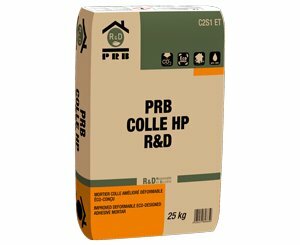 A new low-carbon C2S1 glue enters the “Responsible & Sustainable” range offered by PRB
A new low-carbon C2S1 glue enters the “Responsible & Sustainable” range offered by PRB
-
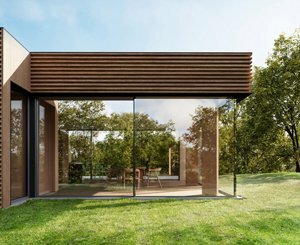 Cero IV minimalist sliding door by Solarlux: light as the protagonist
Cero IV minimalist sliding door by Solarlux: light as the protagonist
-
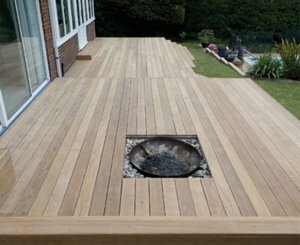 Cleaning exterior wood: dedicated Owatrol solutions
Cleaning exterior wood: dedicated Owatrol solutions
-
 EduRénov Plan: Rockwool unveils its Guide to successful energy renovation of school buildings
EduRénov Plan: Rockwool unveils its Guide to successful energy renovation of school buildings



